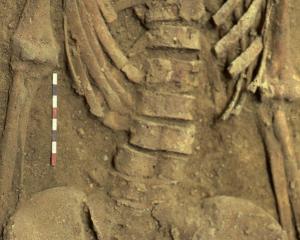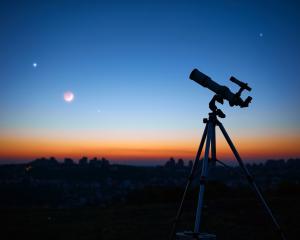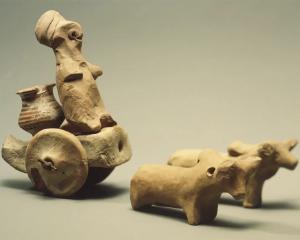
The bus was full of visitors from the United Kingdom, and as we neared our destination, the driver turned on his microphone to provide us with a historical background to the visit. He told us that the first settlers of New Zealand were the Phoenicians, and before he continued any further, I found myself rising from my seat, telling him that "you simply can’t say that".

There have been recent letters in this newspaper following the decision taken by minister Judith Collins, to cease Marsden funding for the social sciences, some critical of the apparent futility of the awarded research grants. As the fortunate recipient of consistent Marsden support over the years, I would like to defend its original purpose by summarising the results of one such award, that supported research partly pursued by my son Tom. In the prehistoric past, chronology is a key, and radiocarbon dating its essential tool. The question posed was, when did the first humans reach these shores? The key issue is that wherever they sailed, prehistoric Polynesians took with them stowaways, rats. So Tom, a radiocarbon dating specialist, with Janet Wilmshurst and Atholl Anderson, covered Aotearoa from the Coromandel to Long Beach and Cannibal Bay in Southland, excavating archaeological sites and natural swamps seeking rat bones and above all, the miro seed cases that had been gnawed by rats. It is easy to detect the marks of their teeth. If a seed had the tell-tale evidence, it must have grown after the arrival of humans. When this research began, the story was controversial but the new radiocarbon results were consistent and conclusive: humans, and the rats, colonised both main islands from about 1280AD. And this was a missing piece of a jigsaw that involved the impact that we have had, worldwide, when colonising a pristine habitat: deforestation, the extinction of the local fauna, and introduction of unwanted guests. When the bus at Kerikeri emptied, I stayed to encourage the driver to refresh his talk, but I doubt if I had much impact.










